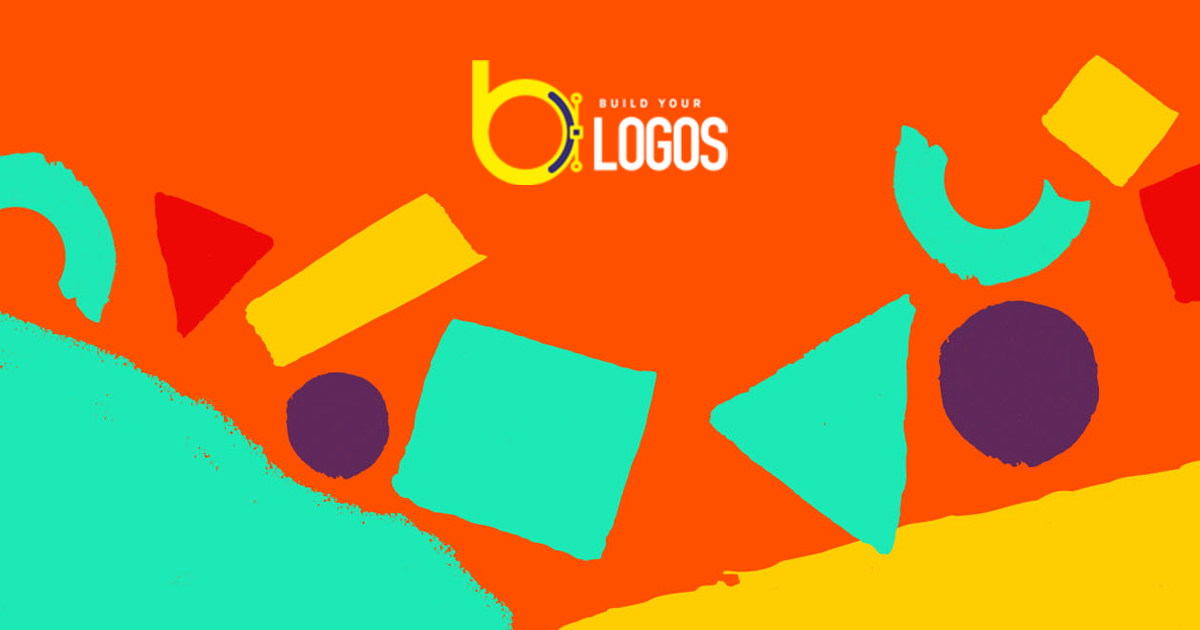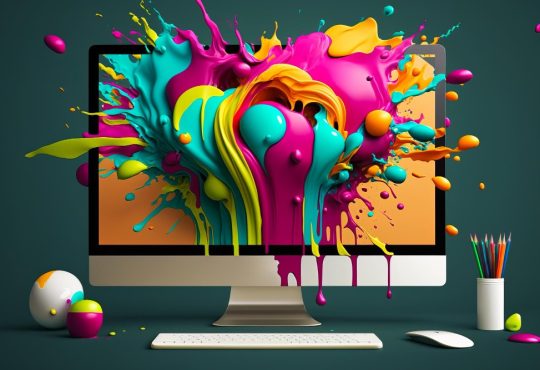
A creative logo is a visual identity of a brand and one of the most important factors in building a brand. The purpose of a logo is to communicate with the intended customers or clients in an effective manner.
A creative logo can make heads turn and make the viewer want to know more about the brand. All the popular brands we see are known not only for their products or services but also for their logo. For example, the half-bitten Apple and two golden arches are worldwide symbols of Apple and Macdonald’s, respectively.
The days when a logos were only for a retail store or part of their ad campaign are long gone. Now, logos are required everywhere, from websites to business cards and from packaging to email templates. Today, scalability and flexibility are two most crucial factors and the logo needs to transcend nearly every area of marketing and branding. A best logo maker can be of significant help in managing all the tasks required in designing a logo.
The Step by Step Process of Logo Designing
Nearly all startups require a logo to mark the presence of the brand and help the business to get established. We live in a digital age that has allowed a startup business owner to use online logo design tool, and come up with stunning logos to define his brand.
Every designer usually has a different thought process and approach, but it depends on the requirement of the business owner. However, the 7 steps involved in logo design include
-
Making a Creative Strategy
A clear and coherent plan is necessary whether designing a logo for a client or your own brand. The purpose of a creative brief is to provide a direction. If a business client wants a logo for a startup business, then there are series of conversations on emails and phone.
In the first meeting, the client will provide details about the business and the logo ideas. A designer has to cover all the bases and get the necessary information to develop a formidable logo. Some of the elements to focus on are the brand’s tone, font type, font size, and color.
One key aspect is to remember that the logo does represent the brand. The main purpose is to make an impression on the target audience. An articulate plan helps to define each step of the logo design process. Some of the things to be included in the plan are the timeline for the project, the benchmark for the proposed logo, the number of samples, and the budget.
-
Research
Apart from the client giving the details, the designer needs to make comprehensive research on his own. The research will not take much time but will help the designer to get an amazing insight into the industry or particular segment of the market. Mostly the goal is to understand what the clients want to portray to the potential audience and also differentiate itself from competitors.
The next step associated with research is brainstorming ideas and concepts that match the brand’s details. Brainstorming depends on the information gained during the research phase.
-
Sketching Possible Designs
The stage where the creativity kicks off is when the designer gets to sketch potential logo designs. A sketchbook, pencil, and eraser are the three most vital tools of a designer. Most of the best logos you see today were first sketched on paper and later translated on a particular software. A piece of paper and pen always prove to be handy as one can easily sketch a brilliant idea before it slips from the mind.
You may come across the phrase that ‘best ideas come from unexpected moments and when you least expect them.’ The designer can come up and draw as many logos as he may feel without any objection. Most professional designers try to align similar logos on one side of the page and give a rough outline that may transform into a proper logo.
The key aspect is to experiment and even use a typeface that may not match the client’s requirements. Many times out of the samples, the least expected one may be approved by the client. It is good to follow the benchmark but better to think out of the box.
-
Picking Best Font, Color, and Other Details
After getting a good mix of possible logo designs, the next crucial stage is finalizing the typography and color scheme. Sometimes a client may ask for a particular typeface, and sometimes a designer may select according to his choice. If the client has not specified, then the best solution is to go back to research and know about the industry and preference of the target audience.
The possible solution is using custom logo design tool and determining if the choices reflect the message of the brand. Knowing about color psychology is very important to see how colors impact the minds and choices of people. For example, if the client is launching a tech business, then blue will be the best choice as most tech companies have a blue logo such as Facebook, Twitter, Intel, IBM, Samsung, and PayPal.
There are various business segments and in each the colors and the perceived meanings are already defined, which makes finalizing the color of the logo quite easy. When it comes to font type, then the common options are Serif, Sans Serif, and Script fonts.
- Serif fonts depict stability and reliability
- Sans serif fonts are clean, visually pleasing, and contemporary
- Script fonts tend to be creative and vibrant
Color and font choices can make or break a brand, so designers must make the right choice.
-
Demo Designs and Feedback
Once the logo design, font type, and color are decided, it is time to transform the design into a vector image with the help of software. Today, there are few quite innovative and sophisticated custom logo maker with dozens of creative options. A skillful designer knows about the options and how to form a logo and refine it accordingly.
The biggest advantage of using a software is making as many sample designs as possible. One of the common ways to see if the design fits the client’s requirement is by taking feedback from other designers or friends and family. The feedback allows the designer to go over the design and do the modifications timely before the client points them out.
-
Developing the Logo
A designer may share logo design variations with the client for feedback. The client may pick the best logo and ask for it to be developed for the brand. A designer needs to use logo design tool and form a logo as close to the criteria given by the client as possible. The client may also point out some of the corrections, such as placement of the brand name, or angle or curve of the logo shape. The brand logo will feature everywhere from website to product packaging, so it needs a scalable and flexible.
-
Final Presentation
The final step of the logo design process is formally presenting the logo to the client. During these pandemic times, most of the presentations are done online. The designer needs to prepare the key points and elaborate on them. One of the important parts in defining the logo and connecting the details given by the client with the logo design. The way a designer or client may see the brand must also be reciprocated by the potential customers.
Bottom Line
Stunning and incredible logos do not happen all of sudden, but after careful consideration and complete process. A startup brand has this one chance to grab the attention of the target audience, and they need to make the most of it. A creative and skillful designer can help fulfill the goal by developing a classic logo. If the details are clear, and concepts are in place, then nothing can stop an influential logo.
Only a startup that promises to deliver quality can survive and sustain itself in these uncertain and competitive times. Potential customers will only gravitate towards the brand if the logo design is alluring and appealing.




